8 Ways to Achieve Efficient Combustion in Marine Engines
Marine fuels used in ships are considered of the lowest grade as far as the quality is concerned. Massive engines of the ships consume thousands of litres of fuel each day. Because of such an enormous requirement of fuel, ships are forced to use low grade fuel oil, which is comparatively much cheaper.
Fuel cost is one of the most important factors which shipping companies consider while predicting profits. To achieve maximum profit and to reduce pollution from ships, it is extremely important for the propulsion engines to burn fuel oil efficiently. Several technologies have come up in the market to help reduce fuel oil consumption of marine engines to as low as 163 gm/KWH, along with reduction of carbon emissions.
In this article we have discussed about eight important aspects of marine fuel combustion which are necessary in order to achieve efficient combustion of the fuel oil and to reduce fuel consumption and exhaust space fouling. Controlling each of these components is a sure shot way to achieve efficient combustion of fuel oil.
1) Fuel Treatment: The first step towards an efficient fuel combustion starts outside marine engines. Fuel oil treatment, which includes removing impurities such as deposits and water in settling tank and centrifuges, is extremely important.
This ensures that the fuel will break easily inside the combustion chamber without damaging the injection parts such as pumps and injectors.
2) Correct Fuel Temperature: The fuel oil viscosity also plays an extremely important role in the combustion process. Temperature of the fuel oil controls the viscosity required at the time of injection (approx- 10 to 15 cst) and ensures proper atomisation and penetration.Correct temperature is also required to reduce NOX and SOX emissions coming out from the engine.
3) Correct Air Fuel Ratio: No combustion can take place without the presence of air or oxygen. For marine engines, excess air must be supplied to the engine as the time for the combustion process is less and because low grade fuel requires more air to produce less exhaust smoke. Sufficient oxygen must be available to burn not only hydrogen and oxygen in the fuel oil but also other combustibles such as sulphur.
4) Correct Injection Timing: The correct fuel injection timing leads to high power generation without shock loading on the engine components. Proper injection timing also reduces smoky exhaust caused because of late injection inside the cylinder. Fuel pumps and injector system must be maintained as required, along with other factors discussed in this article.
5) Atomization: Atomization is the process of breaking the fuel oil particles of hydrogen and carbon to extremely small droplets, which are easier to burn inside the combustion space.
This is done by maintaining correct viscosity, pressure and injection components of the engine. Generation of perfect atomization is one of the most important factors for efficient combustion.
6) Penetration: Penetration is the distance travelled by the fuel particle inside the combustion chamber just before burning. Atomization and penetration opposes each other hence the correct fuel injector and injection system is required for proper penetration of the fuel. If the penetration is less then the fuel will burn closer to the nozzle tip and damage it, whereas if the penetration is more then the fuel will strike the piston crown and foul the same.
7) Air Fuel Mixing: The combustion can be made more efficient if the air and fuel are mixed properly with each other during the time of burning.
This can be achieved by supplying air in the cylinder via angled hole in the liner to create swirling motion for better mixing.
8) Compression temperature: Marine engines are compression ignition engines wherein heat for the combustion is provided by the high compression pressure from the pistons to create higher temperature inside the cylinder. If the cylinder components such as piston, piston ring, or liner are worn out or leaky, the rated compression pressure will not be achieved and the combustion will not be efficient. Hence it is necessary that all parts are maintained properly and renewed when required.
The power generated by the engine is directly related to the manner in which the fuel is burnt inside the engine. For better understanding of this process and to monitor the complete combustion process inside the cylinder, indicator card must be taken at regular interval of time.
Do you know any other important point to achieve perfect combustion of fuel oil inside marine engines?
Image Credits:
wartsila, machineryspaces, lorange
Do you have info to share with us ? Suggest a correction
Subscribe To Our Newsletters
By subscribing, you agree to our Privacy Policy and may receive occasional deal communications; you can unsubscribe anytime.
Web Stories




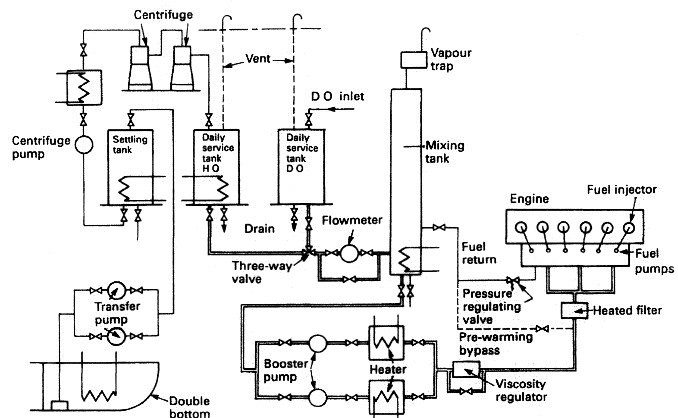
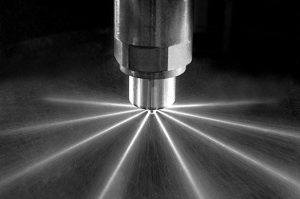
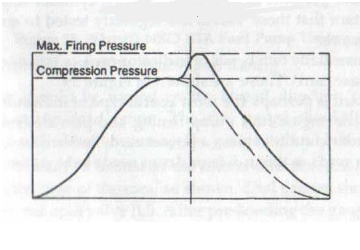
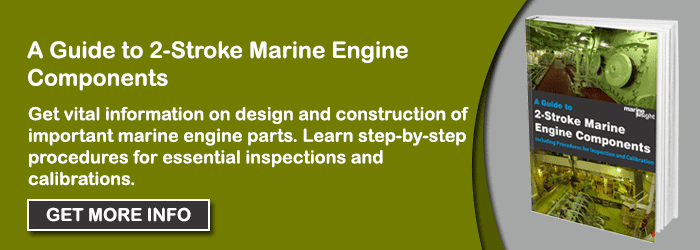





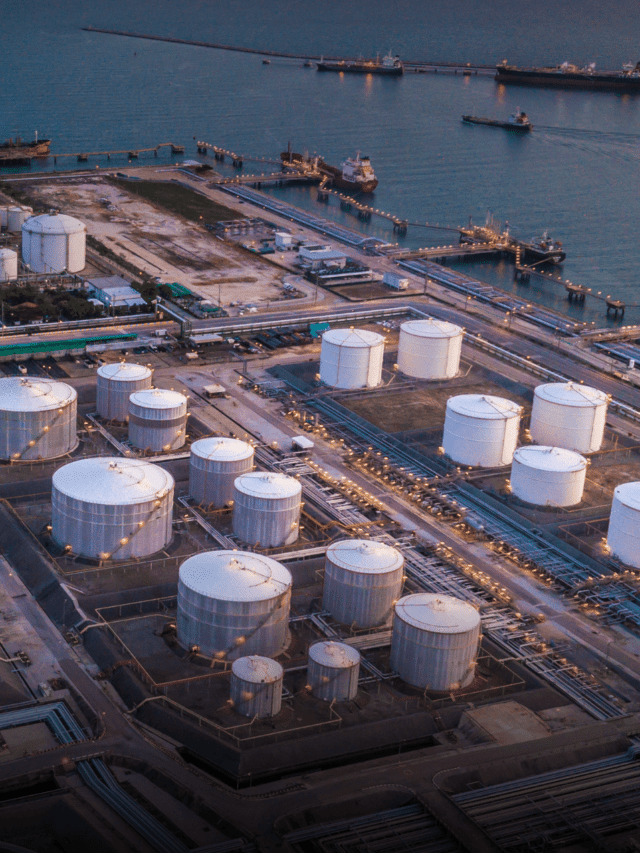
This article is fine, but i miss some concrete actions for the crews to take action on.
1) Fuel Treatment. There are two factors in purification. Time and temperature.
Time.
Make sure that the fuel is in the purifier as long as possible. This is by running two in parallel with minimum flow.
Temperature.
Make sure that the temperature controller is well maintained, and able to keep the temperature constant. It has been good practise to keep the temperature at 98 degree, but in fact some purifiers are able to run with temperature above 100 degree, and that improves the process, also regarding cat-fines. Ask the maker if your purifier is with back pressure to run above 100 degree.
2) Correct fuel temperature.
Make sure that the viscosity controller is well maintained and able to keep a constant viscosity/temperature.
3) Correct Air Fuel Ratio.
Make sure that the air filter is changed often. Make sure that the air cooler is clean both on water and air side. Make sure that scavenging space below piston is clean. Make sure that the turbo charger is cleaned regularly, dry or wet.
4) Correct Injection Timing.
This is related to combustion pressure. If the combustion presure is not kept at same level as during shop trial, there is a fuel penalty. Check the shop trial data, and adjust the combustion pressure to the right level corresponding to actual engine load. The procedure for adjusting depends on engine type.
5) Atomization.
Make sure that the fuel injectors are correct maintained.
6) Penetration
As for item 5.
7)Air fuel mixing.
As for item 5
8) Compression temperature.
Besides that the liner and pistons must be well maintained, it is important to run with correct scavenging air pressure. The engine is build with a compression ratio. Except from ME and Flex engines, it cannot be adjusted. It is important to keep the turbo charger correct maintained, and see item 9.
I would like to add Item 9. Scavenging air temperature.
Many vessels are build with central cooling water system, and the temperature is by mistake kept too high, and consequently there is a huge fuel penalty.
In many building specifications are mentioned that the vessel is build to run with 32 or 36 degree water temperature. This is proven by yard by setting the central cooling water temperature at 32 or 36. Here it remains by mistake. it should be lowered as much as possible considering the other machinery. It will save a lot of fuel.
Excellent article !
I would like to add conditon of fuel injection pump. Fuel injection pump leakages can degrade the fuel atomisation and gelay fuel injection timing.
@Suhairi: Thank you for your inputs. ?